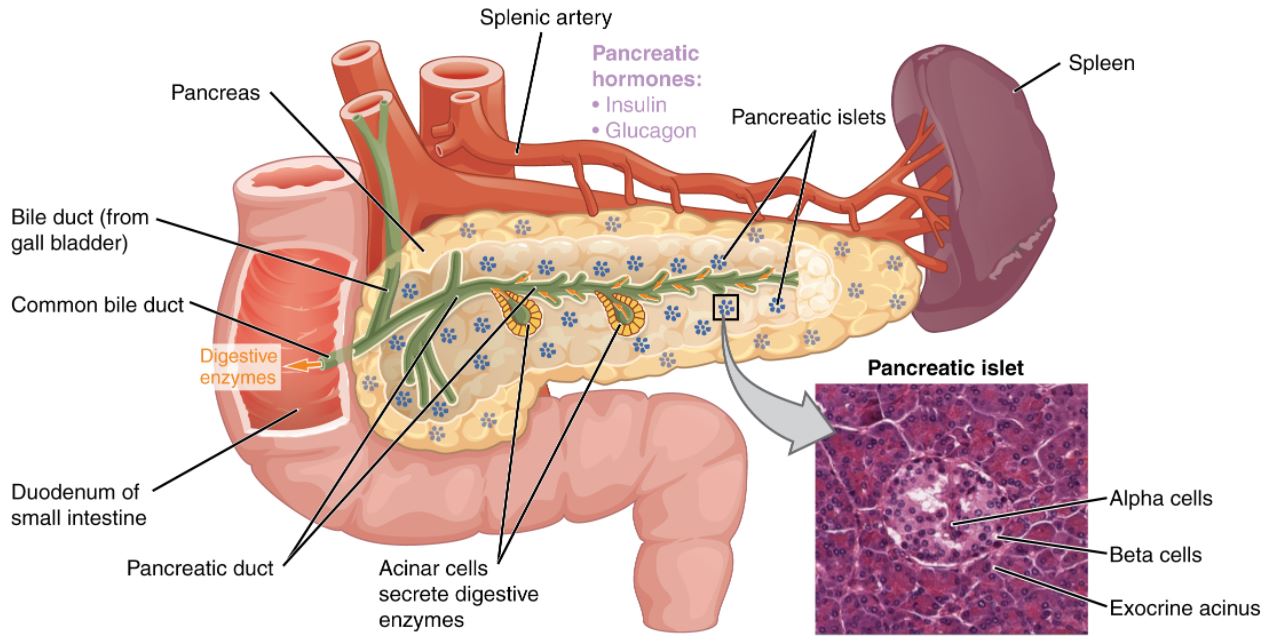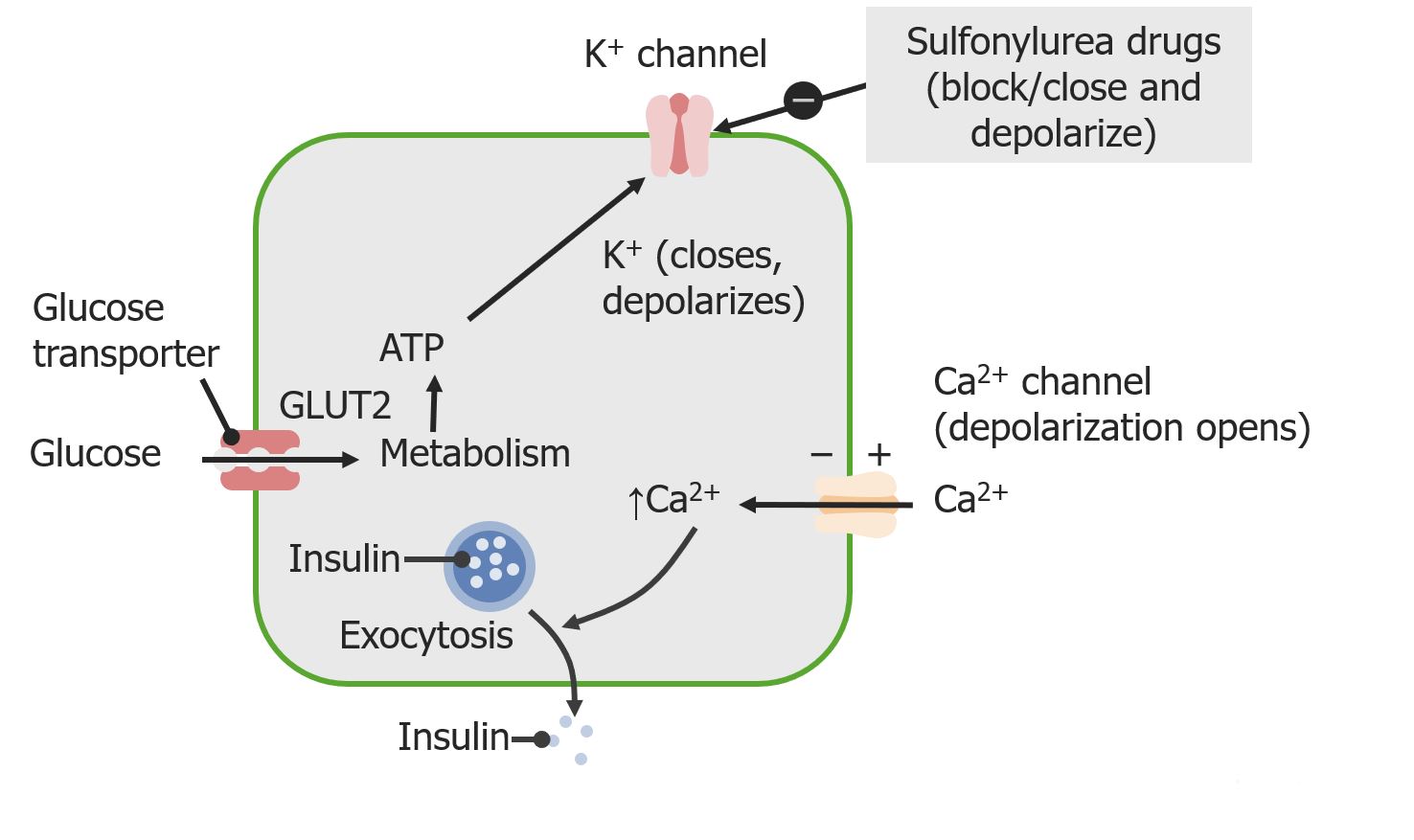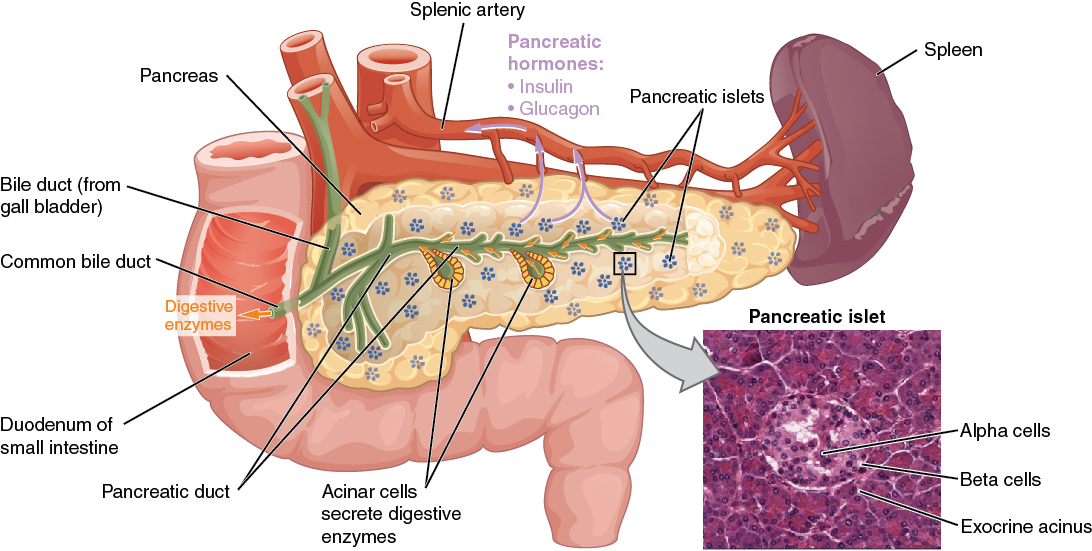Playlist
Show Playlist
Hide Playlist
SGLT2 Inhibitors – Diabetes Medications
-
Slides DiabetesMedications EndocrinePharmacology.pdf
-
Download Lecture Overview
00:00 In this section, we're going to cover the newest drugs in diabetes treatment. These are called the SGLT2 inhibitors. They're an entirely new class of drugs that I came on to the scene perhaps 5 or 6 years ago but they have a long history. Now, when you look at the kidney and how glucose is reabsorbed from the nephron, you can see that it goes through 2 major ports. The first one is called the SGLT1 that is illustrated here in pink and the second one is called the SGLT2 that is illustrated in blue. Sugar or glucose comes in to the glomerulus in the blood and gets picked up or sucked out of the nephron by either SGLT2 or SGLT1. You can see that the 90% of the sugar being reabsorbed from the proximal convoluted tubule is done through SGLT2 and about 10% is done through SGLT1. Another important thing to know about these drugs is that the SGLT1 receptor is found all over the body. The SGLT2 tends to be more localized in the kidney. So it makes sense with our drugs that are acting on these ports that we want something that is more specific for SGLT2. Now when we have active SGLT1 and SGLT2 ports, you can see that the amount of sugar going out in the urine is quite minimal so there is minimal glucose excretion shown by the small arrow in yellow. Now, let's suppose that a person has elevated blood sugar levels or hyperglycemia. When you have hyperglycemia, you have increased glucose reabsorption that's occurring both at the SGLT2 and to a lesser extent the SGLT1 port. Do you still have minimal glucose excretion which tells us that the kidney is working properly. If the amount of sugar coming in to the nephron is too much for the 2 ports, you have increased glucose excretion via the urine, in other words glucosuria. Now normally in diabetes when we see sugar in the urine, we see that is a failure of the kidney to keep up with the high blood sugars and we see there's a failure of sugar control. So generally speaking up until the time of the SGLT2 inhibitors, we thought that elevated urine sugar was a pathological real problem. Along come the SGLT2 inhibitors. What they do is they take a person who has this massive amount of glucose reabsorption and stop it. So now what happens is that urine not reabsorbing sugar from the proximal convoluted tubule and you see a large amount of sugar going out into the urine. This is what SGLT2 inhibitors are doing and that's the basic mechanism on how they work. Now typically, we talk about SGLT2 inhibitors as being the newest in the drug classes treating diabetes but in actual fact it's probably one of the firsts. In fact, the first time we've ever seen SGLT2 and 1 inhibitors was in 1835 and it was isolated from the apple tree bark. We knew then that it caused increased sugar output in the urine. By 1865, we established that these particular products cause the glycosuric effect. By 1903, the mechanism had been explained in the rat model in a physiology lab in Philadelphia. By 1933, we saw the same kind of mechanism seen in humans and we were able to say "Well, it's the same as the mirian model. We now have a point of entry for diabetic control." By 1987, we discovered that not only did it cause glucosuria, but it also had an antidiabetic effect. Now, we have many SGLT2 inhibitors that are available. The one that failed was called fluorescein and one of the reasons why we think it failed was because it had a lot of SGLT1 activity which had all kinds of implications in bone and in stomach and in other organs. With the development of canagliflozin which was the 1st of the modern era SGLT2s or second generation SGLT2s, we had a much higher specificity to SGLT2 receptors and we had an effective treatment. We had other ones that showed up later. These are commonly seen in the United States as Farxiga and Jardiance, Invokana was the 1st to come out to the market. We have many more that have appeared on the market since then. I won't go in to the particular and difficulties of separating out each individual one, but I will say this. When you look at canagliflozin, canagliflozin has a lower SGLT2 to SGLT1 specificity ratio than say dapagliflozin or empagliflozin. So when we saw that canagliflozin was seem to be associated with more fractures or other side effects, we thought this might be related to the ratio of the 2 products. Nevertheless, all of these products have shown some significant promise going forward. Increasing the amount of sugar in urine comes with a price. Now, it's not currently recommended in severe renal failure, that is, with an eGFR of less than 20. These drugs may actually help renal failure and diabetes. 05:33 Hypoglycemia is certainly a concern, it's almost non-existent in monotherapy but we have seen it in polypharmacy where people are on multiple medications like insulin or say the sulfonylureas in association with the SGLT2. I want to point out though that it's not the SGLT2 that's causing the hypoglycemia. The fact is is that the SGLT2s are quite effective at bringing down the blood sugars and those other drugs like say the sulfonylureas keep working even in the presence of a normal sugar and so then you get hypoglycemia. So, when you're using this practically speaking, if you get hypoglycemia it's coming from one of the other drugs. Now, it's not currently recommended in renal failure, but that's going to change very very quickly because we have a lot of studies that are coming out showing that in fact these drugs may help renal failure and diabetes. In fact, there is a trial going on right now with one of my colleagues looking at using these drugs with EGFR values less than 15. 06:35 Every year, we're reducing the bottom level EGFR recommended for therapy. 06:42 Right now, it's sitting around 30 with most recommendations but we have new studies coming out and you should keep your eye on the literature going forward. 06:55 With the newer SGLT2 inhibitors, there are rare GI complaints but they are present. 07:00 People will often complain of abdominal bloating or gassiness. In terms of the positive effects, we have several studies with Farxiga, with empagliflozin or Jardiance, with Invokana or canagliflozin. They have all shown some improvement in cardioprotective effects either in randomized control trials or through real world evidence. We also see evidence of renal protective effects. We don't know what the bottom EGFR is going to be in terms of when we don't want to use these drugs, but certainly we see an improvement in renal function over time or at least the mitigation of deterioration. We have seen evidence of some antihyperlipidemic effects. 07:47 How important that is in the real world, we don't know yet. We have seen some evidence of anti-atherosclerotic effects. We have seen some anti-obesity effects because there is weight loss associated with peeing out up to 900 calories a day, and finally there may be some anti-neoplastic effects that we're seeing in laboratory studies but not in clinical studies yet. So, the science is constantly evolving on the SGLT inhibitors, but it's very very impressive. This drug is now being paid attention to by cardiologists so you know that this is something that's really important. 08:29 We think that the mechanism of action in terms of blood pressure reduction and in terms of volume reduction may not necessarily be due to its diuretic effect. 08:39 It actually might be something that's happening right within the cell and the intracellular acidic and basic milieu. We're not 100% sure yet, but there is a lot of exciting research. I would say the majority of research right now is going into SGLT2 inhibitors when you talk about diabetes research. Other serious side effects with this is volume depletion. So we have to be very careful using this drug in association with diuretics. In fact, in some countries including the United States, they are recommending that we don't use these medications with Lasix or furosemide. 09:13 So you have to be careful with using them in diuretics. I have had several patients have serious reactions when they were already on a hydrochlorothiazide diuretic and they were placed on an SGLT2 I have seen renal function crashed. So monitor the kidney function. If they're on a diuretic, consider holding the diuretic or reducing its dose and watch them very carefully. In the elderly, these patients are very prone to volume depletion so be careful using SGLT2 in these patients. Finally, the SIK rules apply. So if you look at one of my other lectures, you'll see this mnemonic called SADMANS. It's now SADMANS with an S at the end and that's because we added SGLT2 to the list of medications that we want to hold or reduce when people are vomiting and can't keep fluids down and their risk of renal failure because of dehydration and the combination of the pills. When a patient is sick, they can easily become dehydrated due to throwing up, diarrhea or fever. 10:14 Dehydration can stress the kidneys so certain medications can cause problems. Therefore, these medications should be temporarily paused and can be started again once the patient has fully recovered. 10:29 The medications to be cautious of during this time are those listed on sadmans list. 10:34 The S is for Sulfonylureas, other secretagogues. A as in ACE inhibitors. 10:40 D, Diuretics with special caution if prescribed for heart failure and Direct renin inhibitor. M, Metformin. A, Angiotensin receptor blockers. N, Nonsteroidal anti-inflammatory drugs. And lastly another S for SGLT2 inhibitors, or flozins. 11:01 Another thing I want to talk about is ketoacidosis. Now, with ketoacidosis, I've told you before that ketoacidosis requires treatment with insulin. The problem with ketoacidosis is this. Because the SGLT2 inhibitors were so useful in the treatment of high blood sugar, some physicians started using them when really insulin should have been used. Those were the thin, young, diabetic patients who ended up presenting with very high blood sugars, they were inappropriately treated with an SGLT2 inhibitor and their sugars normalize but it didn't treat the runaway metabolism, the ketosis that happens with certain types of type 1 insulin deficiency or type 1 diabetes. So it's really important to be aware that those young patients who come in with really high blood sugars and they're sort of that first presentation and you're worried that they might be type 1 diabetics and they may be at risk for ketoacidosis. Treat those patients with insulin, not with an SGLT2 inhibitor. The mild diuretic effect of SGLT2 inhibitors can exacerbate the ketoacidosis because of course ketoacidosis is worse in the presence of volume depletion.
About the Lecture
The lecture SGLT2 Inhibitors – Diabetes Medications by Pravin Shukle, MD is from the course Endocrine Pharmacology. It contains the following chapters:
- SGLT2 Inhibitors
- SGLT2 Inhibitors – Adverse Events
Included Quiz Questions
In the kidney, what is the relationship between SGLT1 and SGLT2?
- SGLT1 reabsorbs about 10% of filtered glucose SGLT2 reabsorbs about 90% of filtered glucose
- SGLT1 reabsorbs about 90% of filtered glucose SGLT2 reabsorbs about 10% of filtered glucose
- SGLT1 increases reabsorption of filtered glucose as the load increases SGLT2 reabsorbs about 90% of filtered glucose no matter what the glucose load
- SGLT1 acts as a sensor for glucose and other monosaccharides SGLT2 is regulated by insulin
- SGLT1 is regulated by insulin SGLT2 acts as a sensor for glucose and other monosaccharides
SGLT2 inhibitors may have a role in treating which of the following conditions?
- Renal failure
- Hepatic dysfunction
- Cardiac arrhythmias
- Pulmonary hypertension
- Thyroid disorders
Which of the following patients should NOT receive canagliflozin?
- A 64-year-old male with poorly controlled type 2 diabetes and an eGFR < 20 mL/min/1.73m^2
- A 37-year-old female with mild type 2 diabetes on oral contraceptives
- A 38-year-old male with hypertension that does not require treatment and poorly controlled type 2 diabetes
- A 42-year-old female with a history of lung cancer and gastroesophageal reflux disease and type 2 diabetes
- A 50-year-old male recovering from a humeral fracture with type 2 diabetes
In which conditions would you continue an SGLT2 inhibitor?
- Tinnitus
- Nausea
- Vomiting
- Stomach flu
- Hypotensive episode
Customer reviews
5,0 of 5 stars
| 5 Stars |
|
5 |
| 4 Stars |
|
0 |
| 3 Stars |
|
0 |
| 2 Stars |
|
0 |
| 1 Star |
|
0 |







